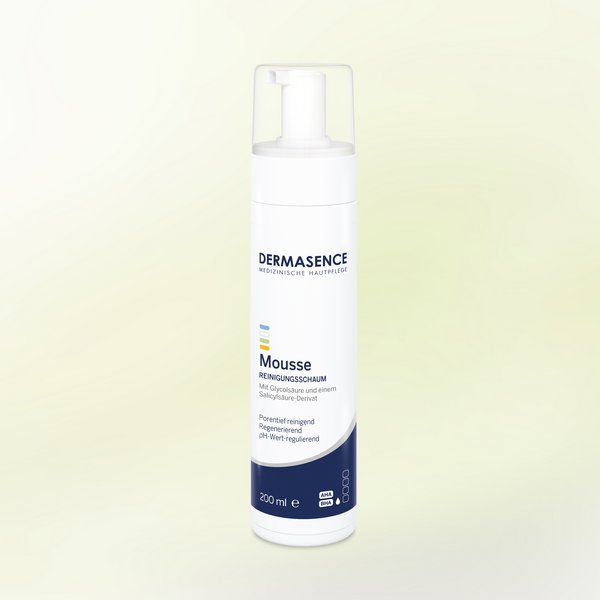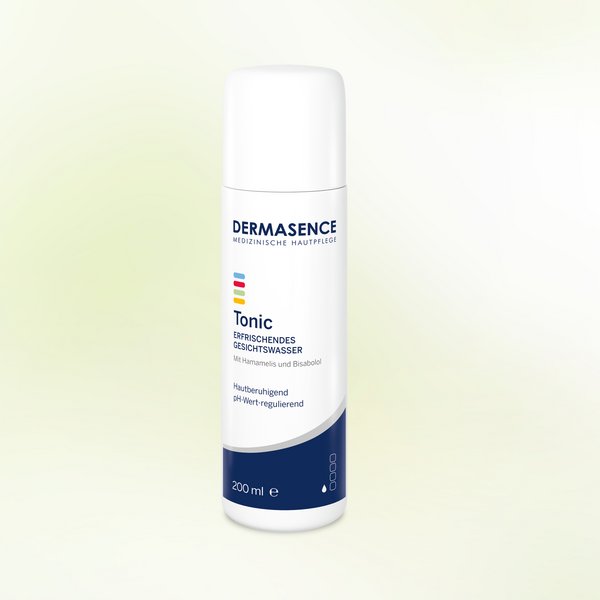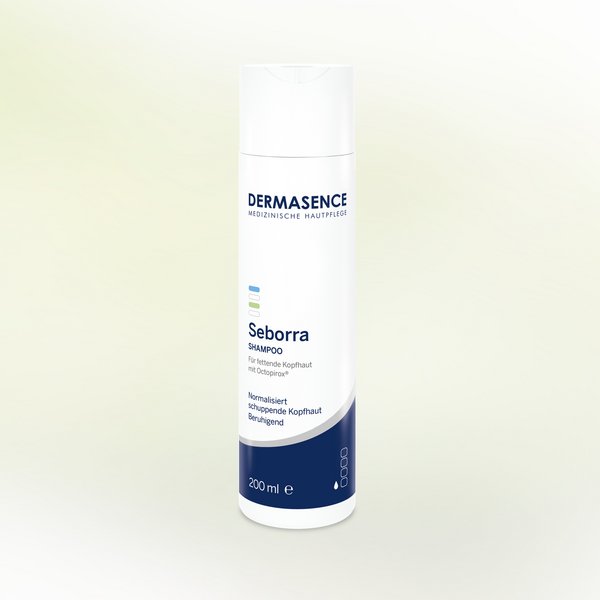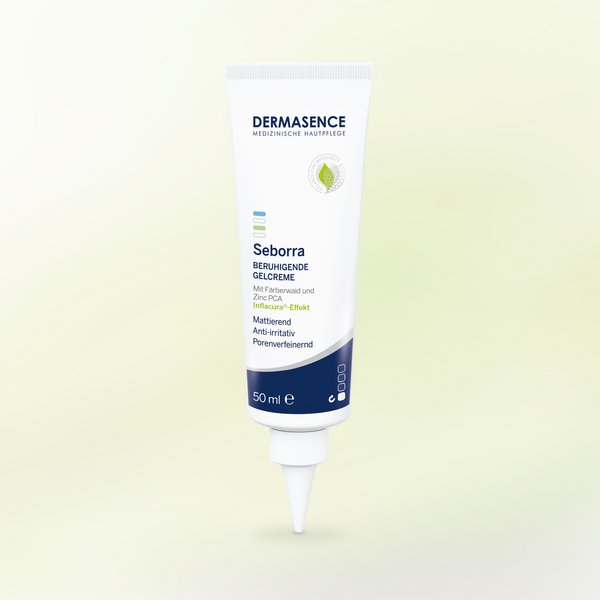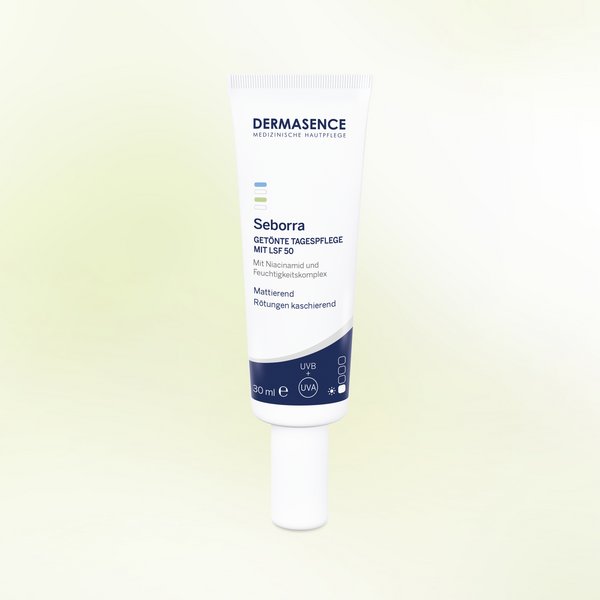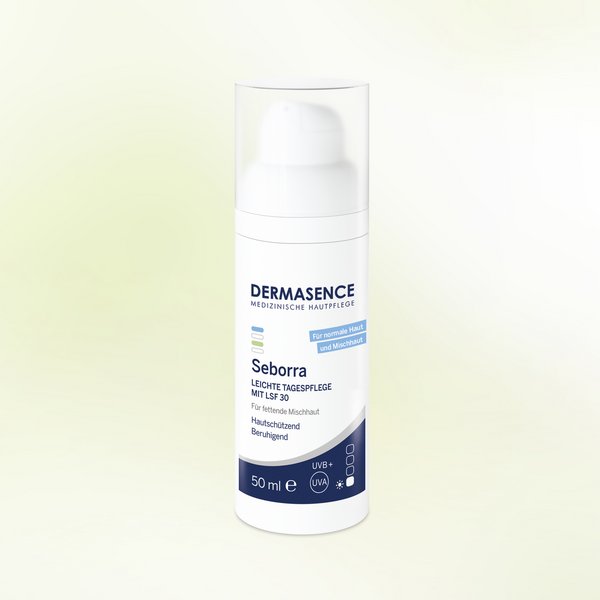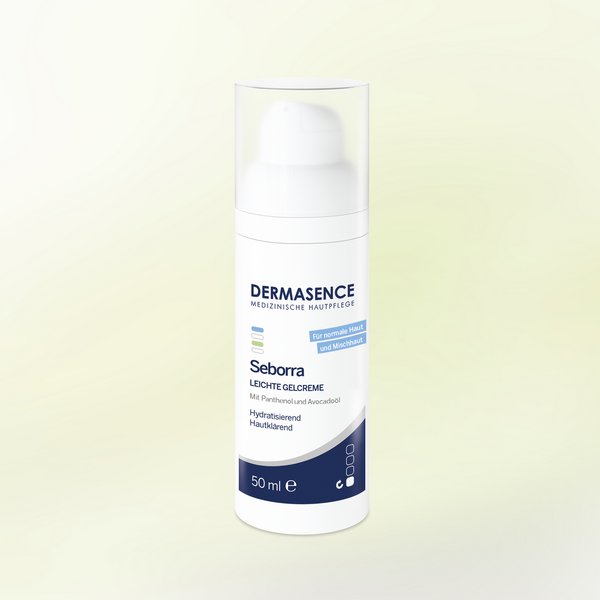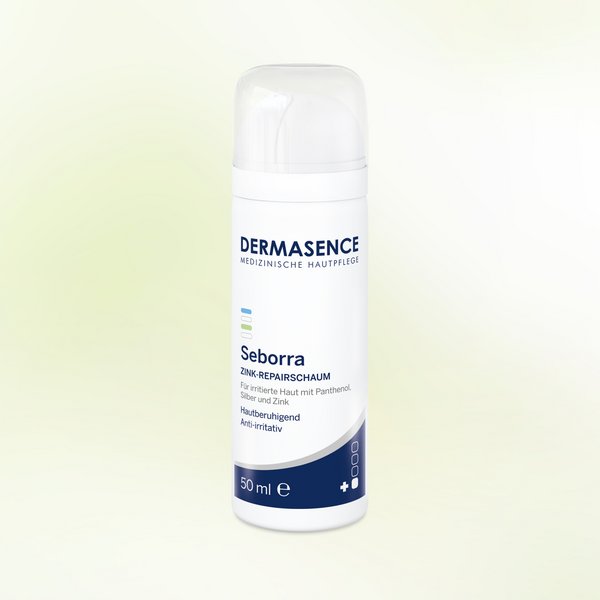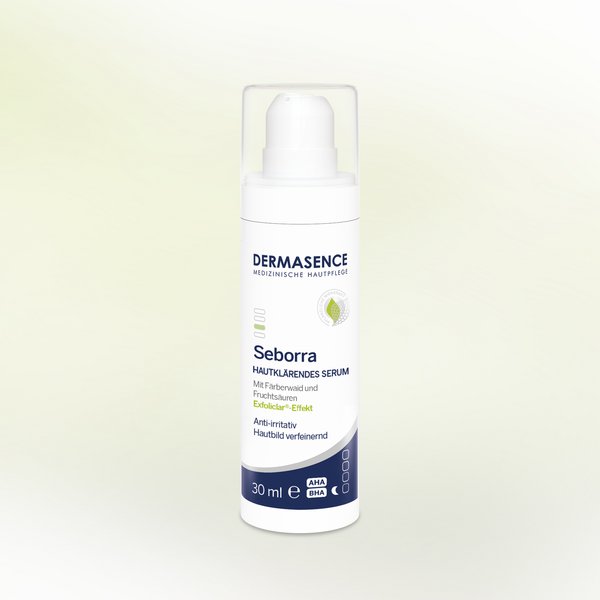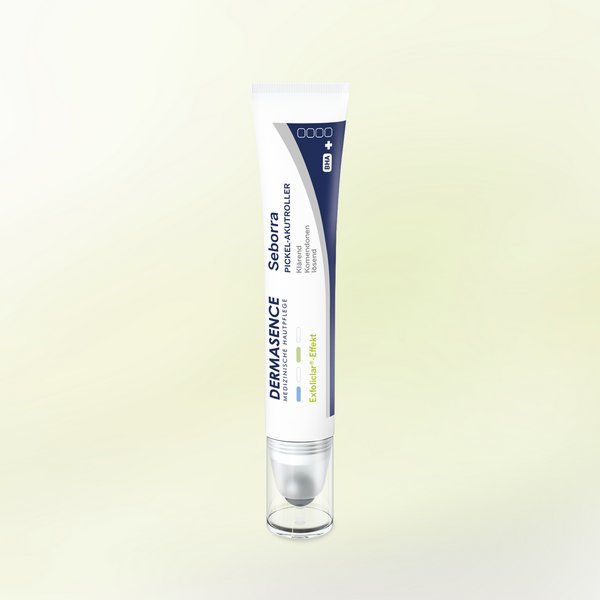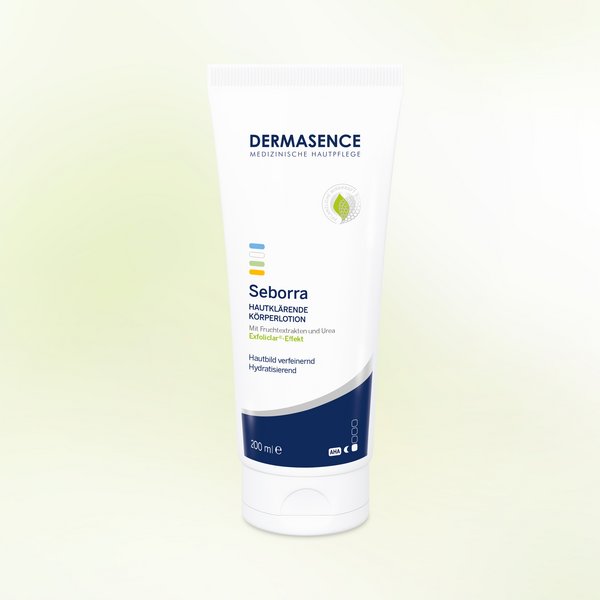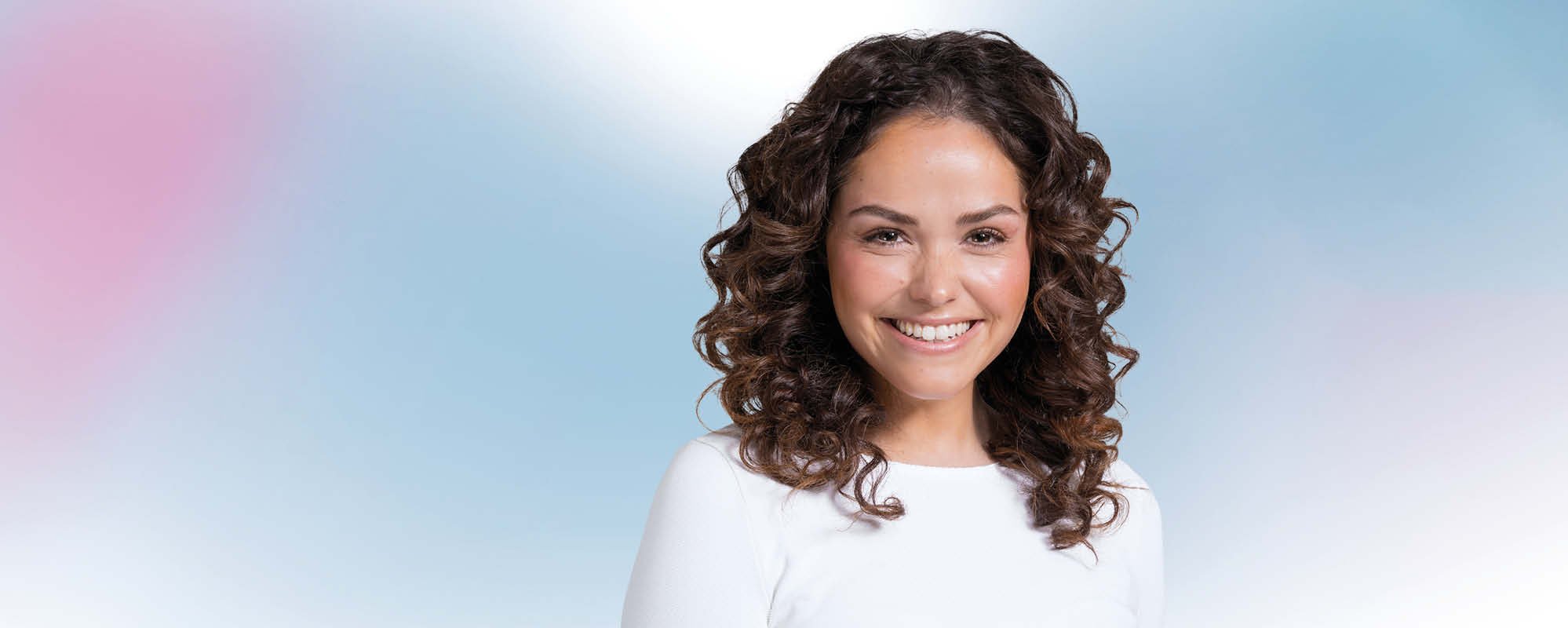
Blemished skin & acne
Pimples? Clogged pores? Pore-deep clean skin!
Features of blemished skin and acne
Skin impurities like Blackheads (Comedones), Pimples (Pustules) or lumps are typical side effects of hormonal changes. They therefore occur mainly in teenage years, when the hormonal balance is reorganised.
If pimples and the like occur not only sporadically, but more frequently over a longer period of time, it is acne (acne vulgaris). Women in particular can also be affected by blemishes or acne (acne tarda) in adulthood. The reason for this is usually hormonal changes, for example due to pregnancy or the menstrual cycle.
How do blackheads and pimples form?
The formation of impurities focuses on two processes
- Seborrhoea: The sebaceous glands produce too much sebum.
- Hyperkeratosis: The skin forms too many horny cells on the pores so that they close completely or partially and sebum cannot drain away.
If seborrhoea and hyperkeratosis coincide, this favours the development of blackheads, which can develop into pimples and nodules.
You would like to have a look at our product recommendations directly?
Blackheads are blackheads (comedones) whose sebaceous gland outlet is largely open. The naturally escaping secretion of skin cells, sebum and the colour pigment melanin can drain off relatively well. Through contact with oxygen, it turns dark, so that a black spot appears on the skin. Black blackheads are therefore also called blackheads. There is no inflammation.
In whiteheads, the sebaceous gland outlet is completely closed. Sebum and other components inside the sebaceous gland cannot drain away. There is no inflammation.
Whiteheads form the precursor to pimples (pustules), papules and other inflammatory lesions (skin changes).
Pimples develop from whiteheads where inflammation has occurred in the sebaceous gland. The reason for the inflammations is the excessive multiplication of bacteria (especially Cutibacterium acnes). They favour the formation of pus accumulations under the skin, which lead to a reddened skin elevation. This is colloquially called a (pus) pimple.
In contrast to pimples (pustules), nodules (papules) lie deeper in the skin. Larger nodules are called nodes.
Cysts are reddened, often painful nodules that are filled with pus. In severe cases, they can break open under the skin and release their contents. This results in larger, painful inflammations, also known as abscesses.
What is acne?
Acne is an inflammatory disease of the sebaceous follicles. Follicles are the anatomical structures that anchor hair to our skin. In sebaceous follicles, the hair is relatively small, while the sebaceous gland is comparatively large. This makes this type of follicle prone to impurities.
Acne is characterised by an accumulation of blemishes such as blackheads, pimples and nodules. The skin changes are often clearly visible to outsiders and can be a psychological burden for those affected.
This may be accompanied by discomfort such as tense sensations, itching or pain on touch. In the case of severe inflammation and amateurish attempts to squeeze out pimples, it can also result in the formation of Acne scars.
If you suspect you have acne, we recommend that you get a medical diagnosis.Dermatologists can also check which treatment approaches are sensible.
- Changing the skin care routine
- Adjusting the lifestyle (Diet, smoking, sun exposure)
- Medication usesuch as ointments or tablets (depending on the severity)
Classic acne (Acne vulgaris)
Acne vulgaris is also called juvenile acne because it occurs more frequently in teenage years. In face blackheads, pimples and nodules are mostly distributed in the so-called T-zone. – i.e. on the forehead, nose and chin. Furthermore, acne vulgaris can also occur on the Décolleté and back.
Adolescent males are more frequently and severely affected by juvenile acne than females. This is due on the one hand to the higher number of sebaceous glands and on the other hand to the increased testosterone balance, which additionally boosts sebum production.


Professional fruit acid peelings carried out in cosmetic institutes or dermatological practices are on everyone's lips - but fruit acids can also have a great effect in daily care products. The substances are particularly effective for impure, acne-prone skin. In skin care, a distinction is made between two types of acids: AHA and BHA.
AHA (Alpha Hydroxy Acids) - such as glycolic acid or malic acid - are the smallest fruit acids.
Due to their molecular size, they can penetrate particularly deeply into the skin and have an activating effect there. They also strengthen the natural skin barrier, have a mild keratolytic (horn-dissolving) effect and refine pores.
BHA (Beta Hydroxy Acids) are also known as salicylic acid. Strictly speaking, these are not fruit acids, but as the saying goes: if you say AHA, you must also say BHA - at least when it comes to inflammatory skin conditions like acne! Because their anti-inflammatory effect makes them ideal for counteracting impurities such as pimples. Its keratolytic properties also ensure a clear, smooth complexion.

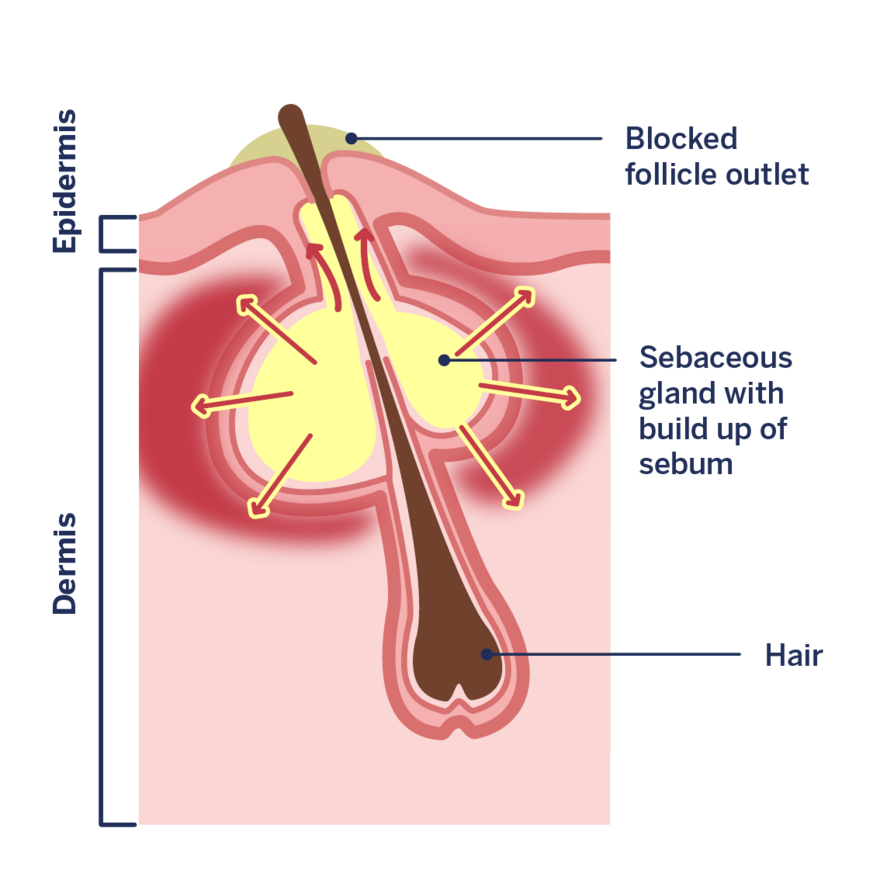
![[Translate to Englisch:] Acne vulgaris sorgt für Pickel und Unreinheiten in der T-Zone [Translate to Englisch:] Illustration der Acne vulgaris in der T-Zone](https://www.dermasence.com/fileadmin/Media/Common/_processed_/f/8/csm_Unreine_haut_und_Akne_Acne_vulgaris_T-Zone_5dca56d5f1.png)
![[Translate to Englisch:] Acne tarda sorgt für Pickel und Unreinheiten in der U-Zone [Translate to Englisch:] Illustration der Acne tarda in der U-Zone](https://www.dermasence.com/fileadmin/Media/Common/_processed_/0/8/csm_Unreine_haut_und_Akne_Acne_tarda_U-Zone_1aec351979.png)
